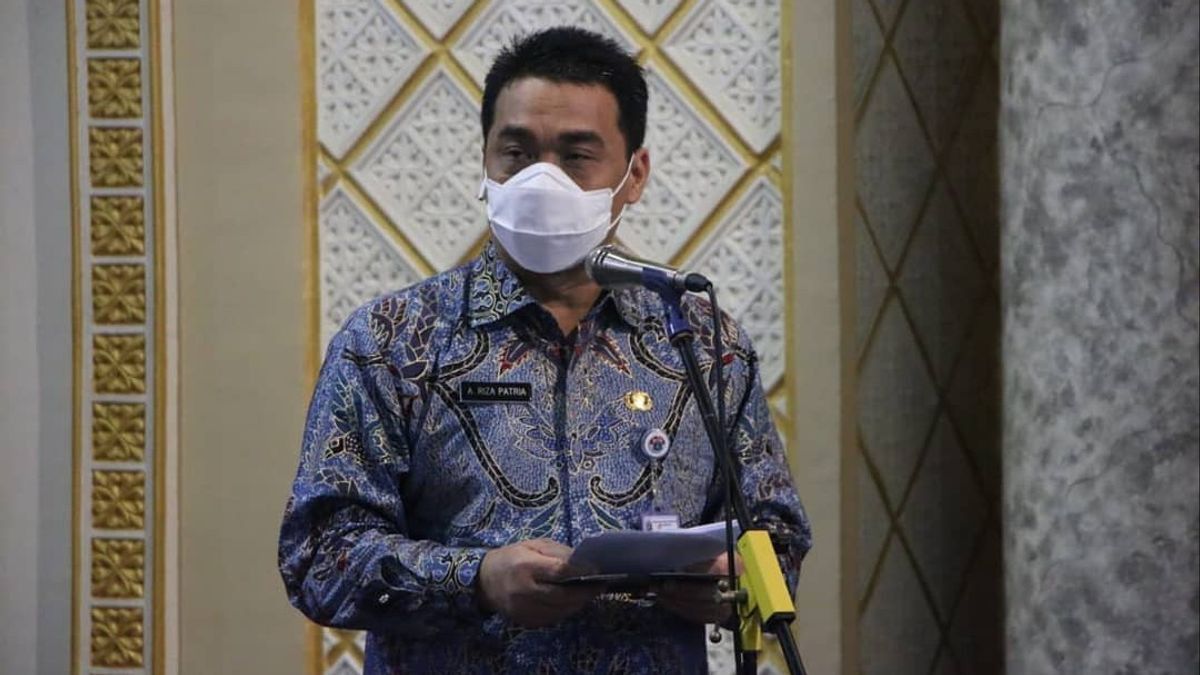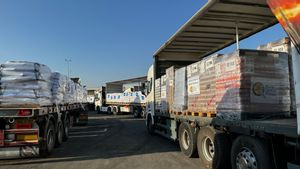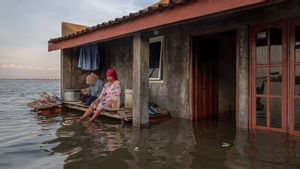JAKARTA - Deputy Governor of DKI Jakarta Ahmad Riza Patria explained the developments in the handling of the COVID-19 pandemic in the capital city. This is to ward off the E report card from the Ministry of Health.
Riza explained that currently there are 106 COVID-19 referral hospitals and 12 isolation locations for corona patients. Then, from 6,657 isolation beds prepared, currently 2,149 beds are used or 32 percent.
Then, as many as 1,014 COVID-19 ICU rooms were provided and 345 beds were used or 34 percent filled. The number of PCR test laboratories reaches 102 laboratories, both free and paid.
Furthermore, Riza said that in Jakarta there were 9 hotels that were used as controlled isolation locations with a room capacity of 1,533 and used 455 or 29.7 percent.
"Jakarta is very serious and serious about controlling COVID. Thank God, we will see together, the numbers are still quite gentle, there is no significant increase," said Riza at the City Hall of DKI, Central Jakarta, Friday, May 28.
Moreover, said Riza, the city of Jakarta in general has not been included in the red zone for a long time. Then, the DKI Provincial Government made various regulations regarding the control of COVID-19.
"We continue to issue regulations related to the DKI governor's governor's regulations, the DKI governor's governor's circular letter, starting from the governor's circular letter to the head of service. This means that we continue to make improvements," he said.
In addition, the COVID-19 vaccination program that has been running has reached 4,468,388 doses of vaccine. The locations for vaccination are in 511 health facilities with 3,110 vaccinators.
"In principle, DKI Jakarta Province seriously and seriously follows what is the central government policy. The rest, please friends give their respective assessments," said Riza.
It is known that DKI Jakarta is the only province with a pandemic handling score with a red report card or an E score. The Ministry of Health assesses that the Capital City's COVID-19 response is the worst compared to other provinces.
This was disclosed by Deputy Health Minister Dante Saksono Harbuwono in a joint working meeting with Commission IX DPR RI, yesterday.
"We see that there are still many who are still in control, except for Jakarta. Jakarta has a capacity of E, because the BOR (filling of the bed) has started to increase and the tracing cases are not too good," said Dante.
Meanwhile, all provinces on the island of Kalimantan have a D, all provinces in Sulawesi have a C, in Java, except for Jakarta, have a D, almost all provinces on the island of Sumatra have a D, Bali are D, NTB are D, NTT are C, Maluku and North Maluku. with a C value, West Papua a D value, and Papua a C value.
"Based on the recommendations we made earlier in the matrix, there are several regions that have entered category D and category E such as Jakarta. But some are still in C, meaning that BOR is not too (filled) and provincial control is still good," he explained.
The indicators for assessing the handling of a pandemic in each province are seen from the level of transmission rate, namely indicators of the number of cases, the presence of imported cases, the emergence of case clusters, to the transmission of cases on a community scale.
Then, the level of transmission rate is juxtaposed with the level of the provincial government response capacity in handling cases, namely testing, tracing, and treatment (3T).
The English, Chinese, Japanese, Arabic, and French versions are automatically generated by the AI. So there may still be inaccuracies in translating, please always see Indonesian as our main language. (system supported by DigitalSiber.id)













